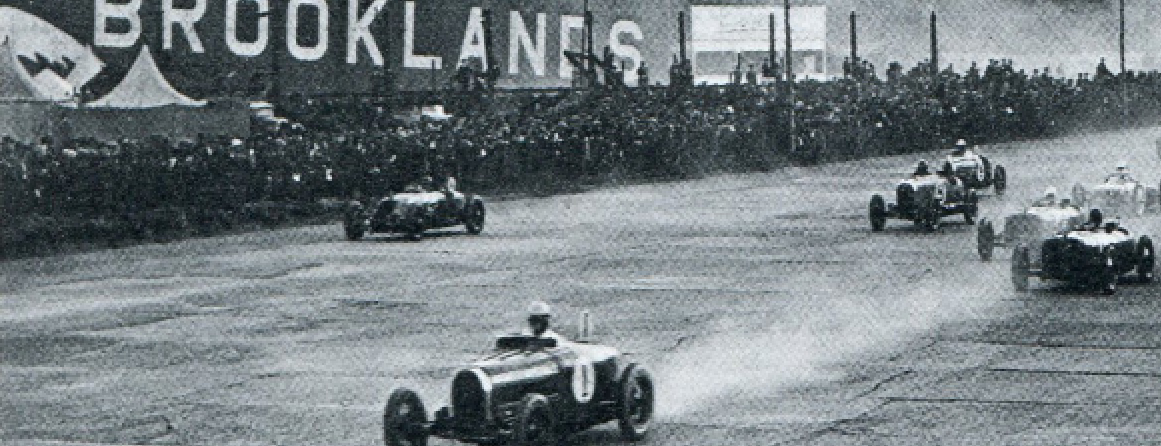Meaning of Volenti Non Fit Injuria:
- Damage suffered by consent is not a cause of action.
Meaning Word by Word:
- Volenti: Voluntarily
- Non fit: Non-actionable
- Injuria: Injury to private Legal Rights.
Explanation:
- If a plaintiff has given his consent (free from coercion, fraud, misrepresentation, mistake, undue influence) to a legal act with the knowledge of the nature and extent of the risk involved, then he cannot complain against the act. This consent may be expressed or implied or by conduct.
- If the consent was not there the act may amount to be a tort.
- If the consent is not given, then any physical harm can be considered as an assault/battery. Example: A boxer participating in boxing match cannot sue opponent for injury because by participating in a match he had given his implied consent after knowing the possible injuries from the opponent. He cannot claim of assault by the opponent.
- If the consent is not given, then the entry in private property can be considered as trespassing. If somebody is allowed in a property by the consent of the owner, the owner cannot sue that person on the basis of trespassing.
Case Laws
Where the maxim is applied?
Case – 1: Hall vs Brooklands Auto-Racing Club (1933) 1 K.B. 205
Facts:
- There was an accident at the Brooklands Auto-Racing Club. A racing car shot over a railing and killed two spectators. Hall (the plaintiff) and Brooklands Auto-Racing Club (the defendant) were the parties.
Legal Proceedings:
- The plaintiff had a plea that it was negligence on the part of the driver of the racing car which shot over a railing and killed two spectators hence the kins of victims should be compensated.
- The defendant proved that this was the first time such accident has taken place.
- The Court also held that there was no negligence on the part of the driver of the racing car. Similarly, such types of danger to spectators were inherent in car racing. When spectators are purchasing tickets for such an event and joined the event as spectators they have implied consent about the knowledge of the nature and extent of the danger. The doctrine volenti non fit injuria is applicable. Hence the defendant is not liable for giving any compensation.
- Basis of Decision: The victim has prior knowledge of probable risk. He gave is implied consent by buying the ticket and by the presence at the event, so it was a voluntary act on the part of the victim.
Case – 2: Scalon v/s Wedger: 156 Moss. 462
Where the maxim is not applied?
Case – 1: Dann v/s Hamilton (1939) 1 K.B. 146
Facts:
- Dann (the plaintiff) chose to travel in the car even after knowing that the driver of the car is under the influence of alcohol and there are chances of an accident. There was no compulsion to travel through that car driven either by necessity or something else. There was an accident and the plaintiff suffered injuries. The driver was killed. The plaintiff sued the driver’s personal representative Hamilton (the defendant), for damages.
Court Proceedings:
- In the action against him, the defendant raised the defence of volenti non fit injuria. The plea of the defendant was when the plaintiff decided to travel through the car, she was knowing the driver was under the influence of the alcohol and there is a possibility of an accident, still she travelled through the car. It was under the free consent she was travelling through the car hence the maxim volenti non fit injuria should be applied and no compensation should be allowed to the plaintiff.
- Court held that the defence of volenti non fit injuria does not apply to the tort of negligence. Hence the plaintiff was entitled for collecting damages.
